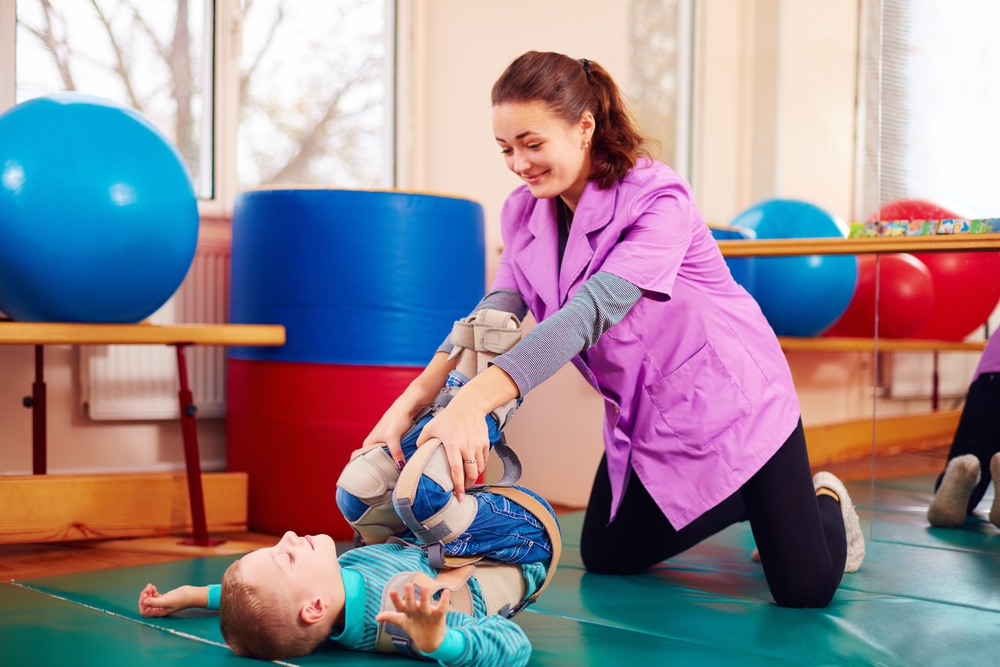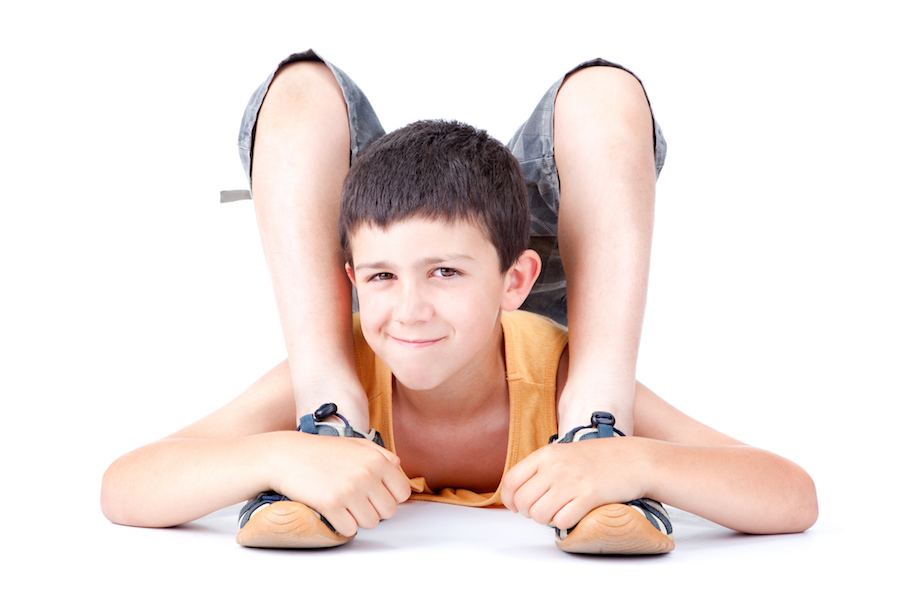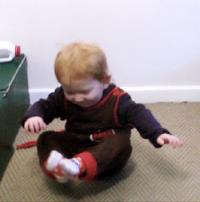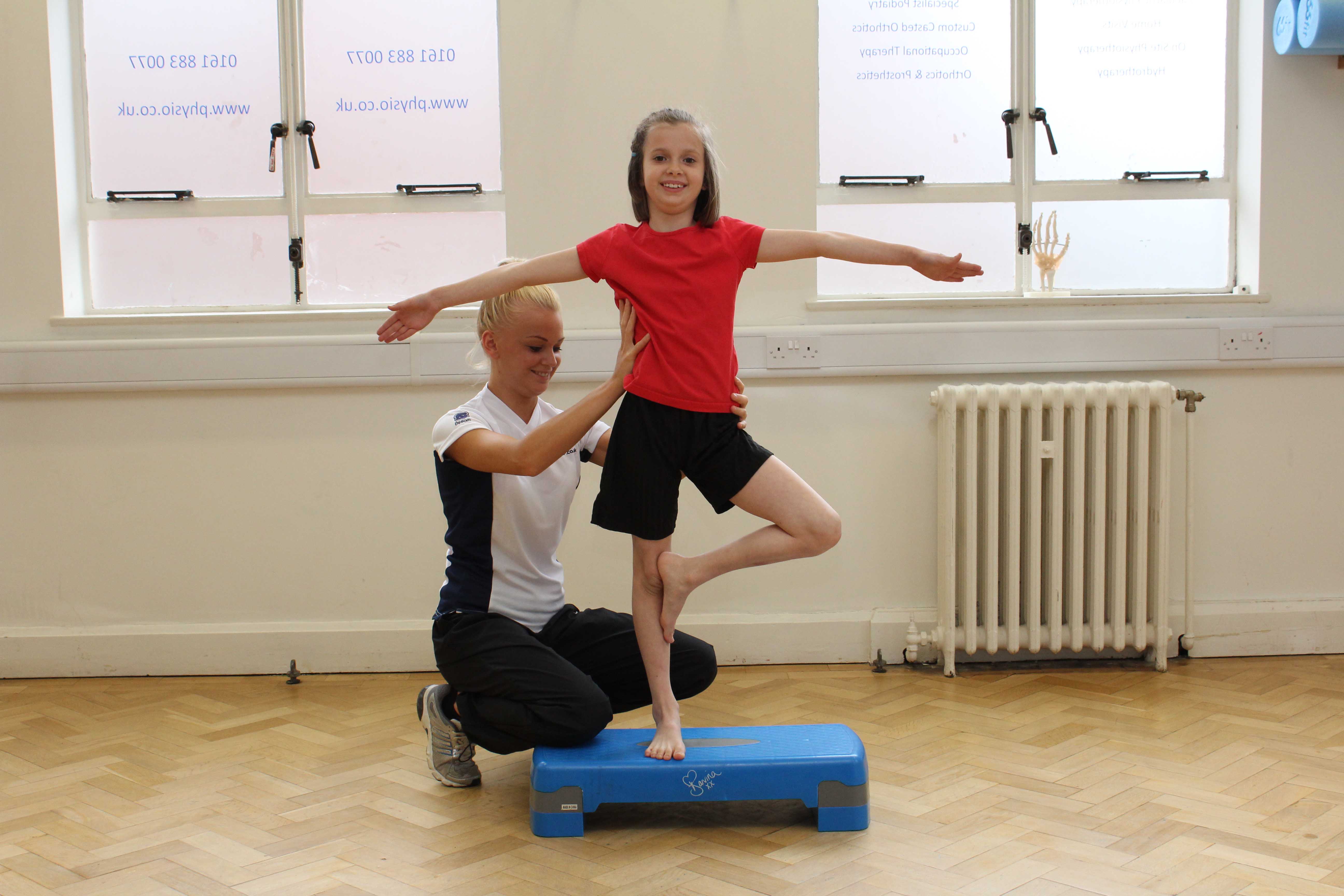hypermobility in babies treatment
Hypermobility is defined as an abnormally increased range of joint motion due to excessive laxity of the constraining soft tissues. However you may need treatment and support if you have joint hypermobility syndrome JHS which causes a wide range of symptoms including joint pain and digestive problems.

Ehlers Danlos Syndrome Eds In Children
The older you are the less likely it is you will be hypermobile.

. Gradually building up to exercise is important allowing your child to have rest periods during the day and not. Other children may have persistent problems and our team of specialist Paediatric Physiotherapists Occupational Therapists can help to reduce the effects of hypermobility syndrome by. Theres no cure presently for joint hypermobility syndrome.
Providing an exercise programme to increase muscle strength and endurance and thus support the joints in. The joint hypermobility syndrome is a condition that features joints that easily move beyond the normal range expected for a particular joint. Pediatric rheumatology including diagnosis and treatment of Juvenile Idiopathic Arthritis Systemic Lupus Erythematosus Mixed Connective Tissue Disease Juvenile Dermatomyositis MorpheaScleroderma vasulitis WegenersGPA MPA Churg.
There is no cure for hypermobility syndrome. Hypermobility refers to an increased range of movement in multiple joints for their age. To do this it would be best to consult a physical therapist for specialized advice.
Joint hypermobility is treated with a rehabilitation program of physical strengthening and reconditioning in conjunction with pain management psychological strategies to help children and young people deal with stress and anxiety. It affects 7 10 of school age children in the UK. In infants with joint hypermobility the connective tissue that holds the muscles together and connects the muscles to the bones via the tendons is very pliable.
Pacing Because the muscles around a joint have to work harder than normal to keep the joint stable some children will fatigue easily. Joints most commonly affected are the fingers wrists elbows and knees. Hypermobility is a designated syndrome where joints are laxer than usual.
If the child diagnosed with hypermobility is an infant parents should seek to strengthen the childs muscle tone. Among the recommended exercises to do at home are those that keep the baby face down a position that given the condition they wont like at all. Treatments include physical therapy.
Sometimes seem floppy or weak. Most will recover with support and graded exercise but a few will find it more limiting. These cramps react nicely to light massage and heat treatment.
Cramping or deep agonizing sensations that are become more severe at night. Children are usually more flexible than adults but those with hypermobile joints can flex and extend their joints beyond what is considered normal. May have been late in learning how to sit.
This affects the sensitivity of the stretch receptors and the muscles readiness for action. Treatment for hypermobility starts with fitness and a healthy lifestyle. Management and Treatment How is joint hypermobility syndrome treated.
Treatment involves protecting your joints and managing your pain. Some of the main treatments for JHS are outlined below. This can be very common in children 10-15 and usually decreases with age.
The main treatment is improving muscle strength and fitness so your joints are better protected. Theres no cure for joint hypermobility syndrome. This causes Hypermobility at joints and can increase the vulnerability to injuries.
Although it usually is a benign clinical finding that has few serious implications it should raise the clinicians level of concern for the presence of an underlying disorder particularly one involving the connective tissue. The ability of a joint to move beyond its normal range of motion is joint hypermobility. The joint hypermobility syndrome is considered a benign condition.
If you have joint hypermobility that doesnt cause any problems treatment is not necessary. It is estimated that 10-15 of normal children have hypermobile joints or joints that can move beyond the normal range of motion. We find that once these children are stronger they have less pain and less trouble.
It is not unusual to have a few hypermobile joints. About 10 of these children have hypermobility that can lead to pain after activities or at night. Our physiotherapy treatment approach for Hypermobility in children at BOOST PHYSIO is a fun and dynamic strengthening exercise programme to build muscle strength endurance and control among these children.
However there are treatments available to manage the symptoms associated with it. These help little ones. Physiotherapy treatment at Physiocouk will help stretch stiff muscles relieve pain and improve function.
Babies with hypermobility have the following symptoms. In special cases however kids who have moderate pain might benefit from pain relievers such as acetaminophen and ibuprofen. However in some people hypermobile joints can cause joint pain and result in higher rates of.
If the sensitivity to stretch is very low the muscles are slow to respond and they appear to be weak and floppy. What is the treatment of hypermobility. Hypermobility syndrome refers to joints that move beyond the normal range with little effort.
About 1 in 10 children with hypermobile joints experience pain related to exercise and this is then referred to as a hypermobility spectrum disorder. Hypermobility can occur in both children and adults. A GP may refer you to a physiotherapist occupational therapist or podiatrist for specialist advice.
It is extremely common in children having being reported in 25 to 50 of those younger than 10 years of age. No one knows why some children feel that discomfort while. However for most of these children there is no associated pain.
Children with hypermobility may experience delayed motor skills such as walking and climbing stairs and maybe more clumsy than other children their age. You can protect your joints by strengthening your muscles through exercise. In most people this causes no problems and does not require treatment.

Pediatric Hypermobility And Physical Therapy Dinosaur Physical Therapy

What You Should Know If Your Child Is Double Jointed Orlando Health Arnold Palmer Hospital For Children

Joint Hypermobility In Babies And Children Emma S Diary

How Hypermobility And Low Muscle Tone Affect Your Infant S Development Low Muscle Tone Pediatric Physical Therapy Muscle Tone

What Is Hypermobility In Babies Children Young Adults Therapy Stars

Down Syndrome Or Trisomy 21 Therapies For Kids

How To Recognise Joint Hypermobility In Your Child My Strong Little Body

How Hypermobility And Low Muscle Tone Affect Your Baby S Development Skills For Action

Hypermobility In Children Restore Health And Wellness

How Hypermobility And Low Muscle Tone Affect Your Baby S Development Skills For Action

Hypermobility Syndrome Therapies For Kids

Hyper Mobility Syndrome Children Conditions Paediatric What We Treat Physio Co Uk
Hypermobility Syndromes Children Arthritis Australia

How Hypermobility And Low Muscle Tone Affect Your Infant S Development Low Muscle Tone Pediatric Physical Therapy Activities Muscle Tone

Pdf Exercise Programmes For Children With Joint Hypermobility Syndrome And Knee Pain A Randomised Controlled Trial

How Hypermobility And Low Muscle Tone Affect Your Baby S Development Skills For Action

Neonatal Presentation Of Ehlers Danlos Syndrome Kyphoscoliotic Type A Download Scientific Diagram

What Is Hypermobility In Babies Children Young Adults Therapy Stars

How Hypermobility And Low Muscle Tone Affect Your Baby S Development Skills For Action